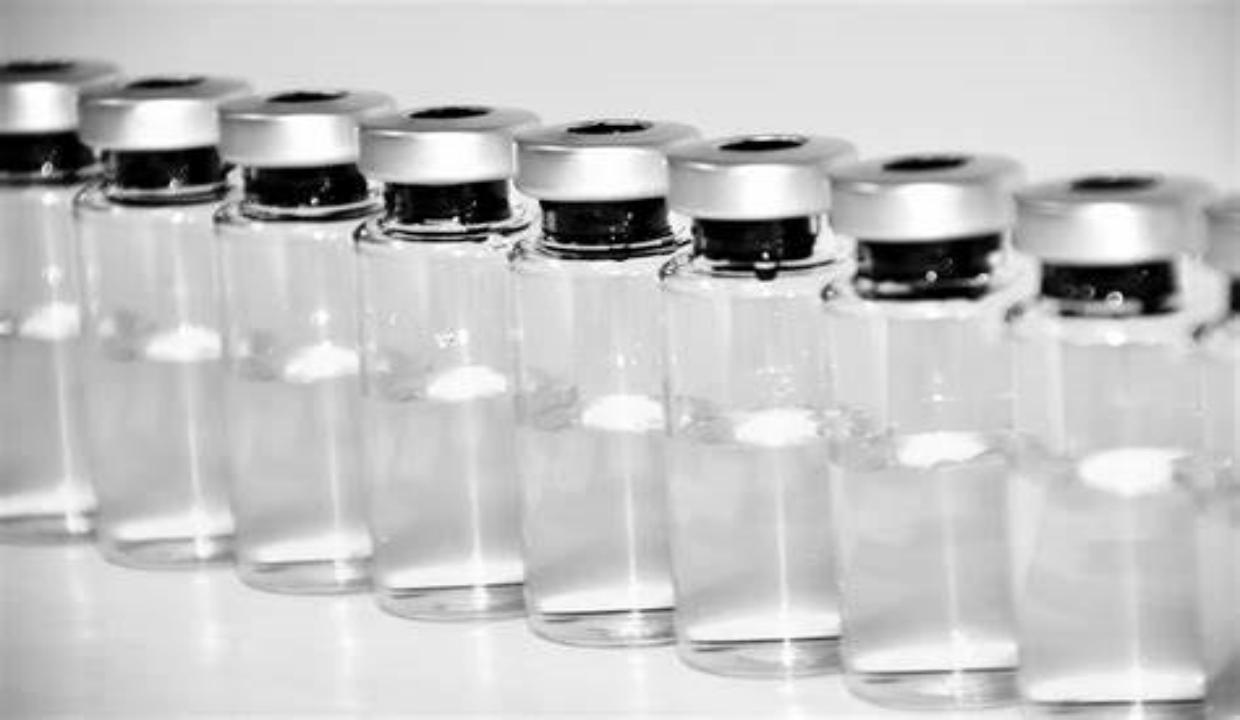Hermetically sealed glass ampules, often made from borosilicate glass, maintain the integrity of their contents for a more extended period and reduce the risk of contamination. Pre-scored ampules don’t require filing because their narrowed stems facilitate risk-free dispensing. Glass ampules can be pulled or tip-sealed, creating an airtight closure that eliminates the need for preservatives. They also offer excellent dimensional stability, ideal for high-speed filling and sealing. Light-sensitive substances can also be stored in amber glass ampules. Find out more about glass ampoules manufacturer here.
Injectable medications typically come in glass ampoules. Glass is commonly employed in constructing recipients for pharmaceuticals and other sterile substances due to its crucial features. However, the presence of metals, the risk of percutaneous injury and biological contamination, and the contamination of solutions with glass microparticles on breaking open glass ampoules all support the need for educational materials to guide the handling of ampoules.
Ampoules can release glass microparticles when opened, and metals can contaminate the contents, which can be aspirated and injected. Glass and metals are two examples of exogenous contaminants that can go to multiple organ systems. They set off chain reactions in living things, which might result in harm. Percutaneous injuries are a real possibility for workers who handle ampoules. These wounds serve as an entry point for pathogens, therefore raising the level of biological danger. Ampule opening systems have been created to lessen the frequency of such mishaps. More secure alternatives to Glass could be an intriguing way to improve safety. Prefilled syringes may be a step forward in terms of patient safety.
This primary glass packaging is a superior, non-toxic, and utterly ecological option because the active substance is contained within. Glass, a high-minded and non-polluting material, may be recycled indefinitely. The German company Schott supplies the pharmaceutical industry with borosilicate glass, extremely resistant to high temperatures and most chemicals.
Because of a vacuum suction method developed by SFAM, up to 500 double-tip ampoules can be filled at once, making for a very competitive filling cost. After being filled and sealed, these glass containers can be sterilized in an autoclave. The drinking glass ampoule, both fashionable and practical in today’s world, combines modern values like healthiness, sustainability, and low cost.
These days, glass ampoules are mass-produced in factories from small lengths of glass tubing using automated furnaces, gas torches, and gravity. Quality assurance typically makes use of computer vision methods. The contents of an ampoule can be easily identified by the color of the ring painted or enameled around the ampoule’s neck. Machines can scan the rings, allowing for precise storage, labeling, and secondary packing procedures.
In today’s manufacturing facilities, ampoules are color-coded. Between the two ovens, a machine places colored rings on the ampoule. In large factories, ampoules are filled and sealed by automated machinery. Still, the process is done by hand in smaller factories and laboratories. Automatic, semi-automatic, and manual (hand-operated) machines are the three types of ampoule-filling machines.
Ampoules can be acquired blank from stores that sell scientific glassware and sealed using a little gas torch. A Schlenk line might be employed for sealing when working in inert atmospheres. Ampoules are purged with nitrogen before and after being filled with liquid to remove residual air.
You can break the top off of an ampoule by slicing the neck. The “one point cut” (OPC) ampoules feature a dot above the neck indicating where the thumb should be placed to line up with a micro-score already etched into the ampoule. This last process should result in a clean break with no stray shards or slivers of Glass, although the liquid or solution can be filtered just to be sure.
Aspiration of glass particles is a persistent safety problem for patients who get their medication parenterally, such as intravenously in a hospital setting. There were an average of 19,473 glass particles per ampoule in the aspirated fluids, according to a 2016 study of 180 ampoules. All intravenous injection techniques were similarly vulnerable to ampule contamination by glass particles.

